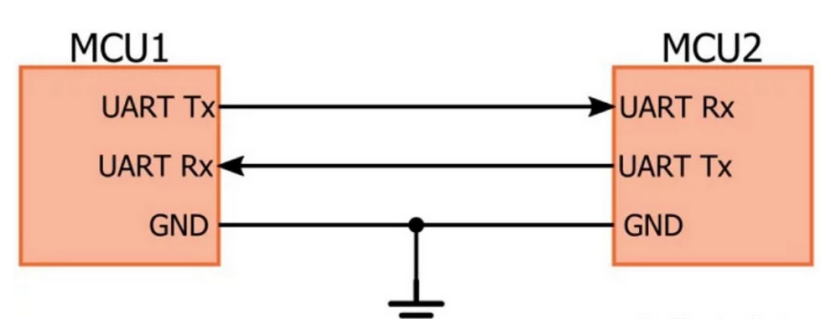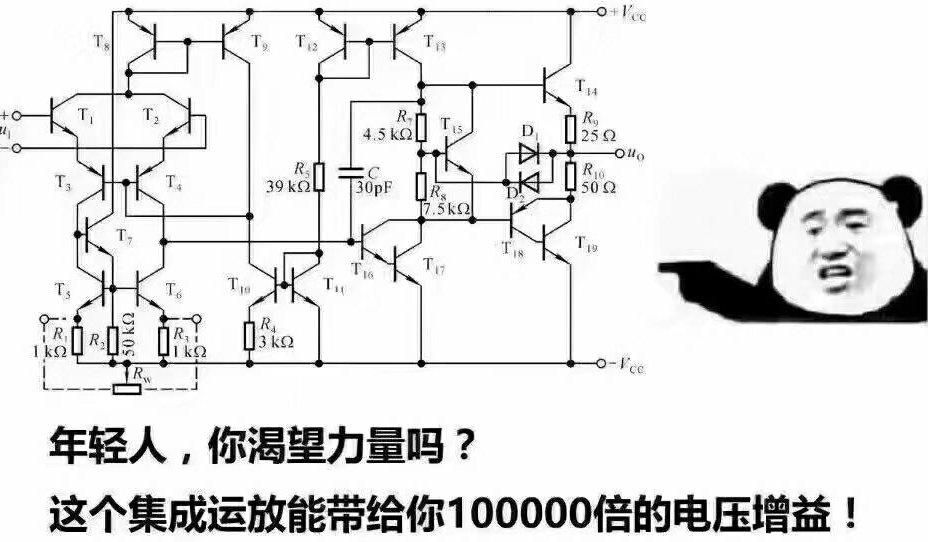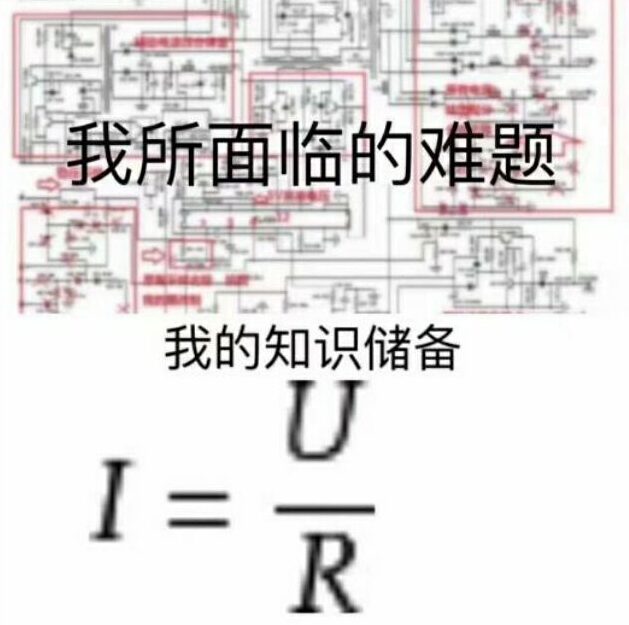If you don’t want to miss my updates, remember to check the public account in the upper right corner and set it as a star, and take down a star for me.
This analysis question still comes from Huawei’s hardware position written test questions. This time we analyze three multiple-choice questions, involving knowledge points: UART device connections, filter routing, and non-maskable interrupts.。
21) Use two wires to connect the UART data lines of devices A and B, the normal way is:
A A_RX: Red wire A_TX: Blue wire B_RX: Blue wire B_TX: Red wire
B A_RX: Red wire A_TX: Blue wire B_RX: Red wire B_TX: Blue wire
Analysis: The answer to this question is A.
This question tests knowledge about UART communication wiring. UART (Universal Asynchronous Receiver-Transmitter) is a very commonly used asynchronous serial communication protocol, and it is a fundamental part of learning microcontrollers (usually referred to as “serial port experiments”). RX refers to the receiving data end, TX refers to the transmitting data end. The wiring of UART follows the principle that the host’s RX (receiving end) connects to the slave’s TX (transmitting end), and the host’s TX (transmitting end) connects to the slave’s RX (receiving end), creating a cross-connection. Therefore, it can be seen that the answer to this question is A.
The schematic diagram of UART wiring in actual microcontroller circuits is shown below:
22) Regarding filter routing, which of the following statements are correct ( )
A Input and output lines are prohibited from running in parallel
B Input and output lines can run in parallel, no need to twist them together
D Input and output lines must be twisted together
Analysis: The answer to this question is A
This question tests knowledge related to filters. Filters are used to eliminate noise; if input and output lines are run in parallel or twisted together, it can cause the noise-bearing signal to couple with the noise-filtered signal, which greatly reduces the filtering effect of the filter. Therefore, it is necessary to reduce the coupling relationship between input and output lines.So the answer is A.
23) Which of the following interrupts is a non-maskable interrupt:
A Memory check error interrupt
B Interrupt generated after the serial port transceiver completes data transmission
C Interrupt generated after the analog-to-digital converter completes conversion
D Interrupt generated after the serial port transceiver receives data
Analysis: The answer to this question is A
First, let’s understand what a non-maskable interrupt is. Interrupts triggered internally by the CPU are called internal interrupts, while interrupts triggered externally are called external interrupts. External interrupt sources are divided into two categories: 1. Maskable interrupts. 2. Non-maskable interrupts. Non-maskable interrupts are external interrupts that the CPU must respond to, while maskable interrupts can be either responded to or ignored by the CPU. Most interrupts caused by peripherals are maskable interrupts.
Typically, external non-maskable interrupt requests are notified to the CPU via a dedicated CPU pin NMI, indicating a catastrophic event has occurred. Therefore, based on the analysis above, A is a non-maskable interrupt, while B, C, and D are interrupts caused by peripherals and are maskable interrupts.Thus, the answer is A.。
The written test analysis continues to bring you the analysis of the written test questions and knowledge supplements. If there are questions you want to analyze, you can send them to Darwen for arrangement. At the same time, you are welcome to join the Darwen job-seeking technical exchange group, the way to join:Add WeChat of Sister Ni (459888529), and note job-seeking, and you will be invited to join the group.。
Summary of Job-Seeking Guides Series:
☞ Click here to view all analysis articles from Darwen
☞ DJI FPGA logic position
☞ Huawei hardware logic position
☞ Hardware position analysis








